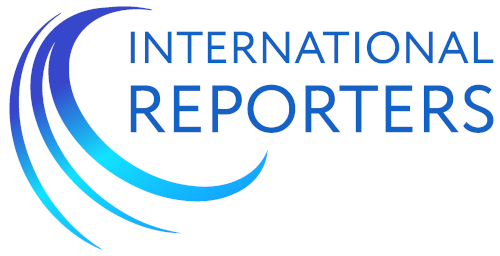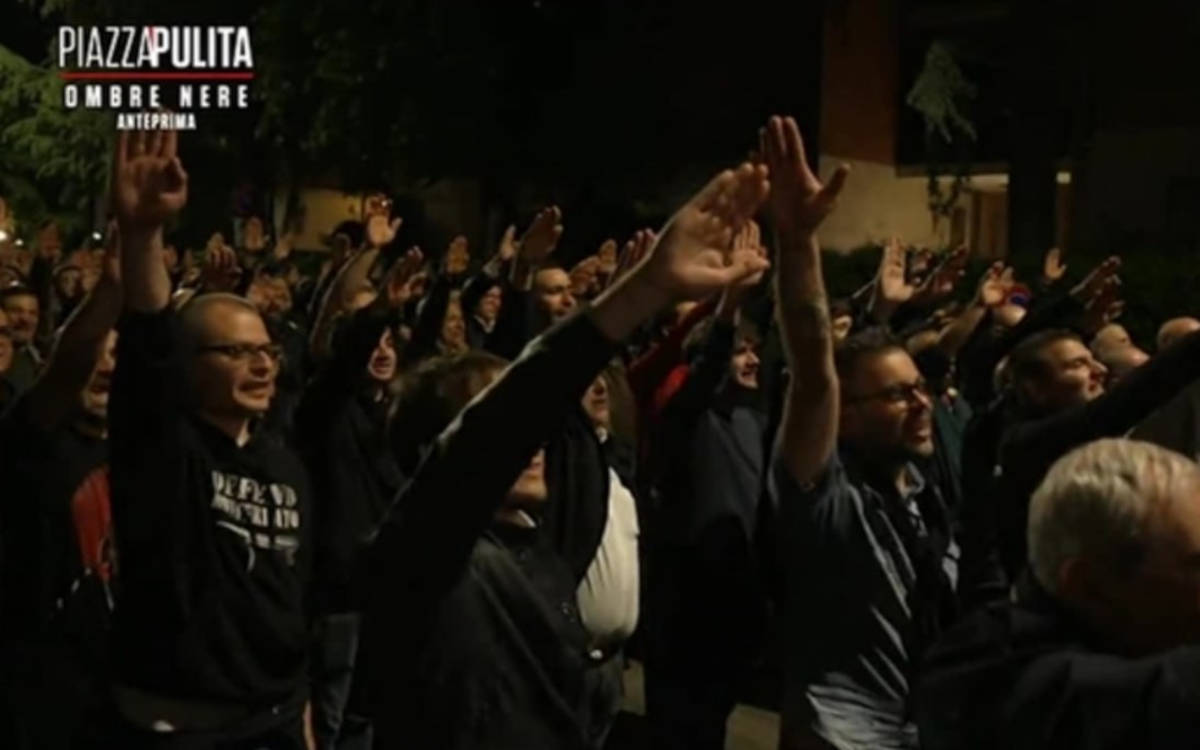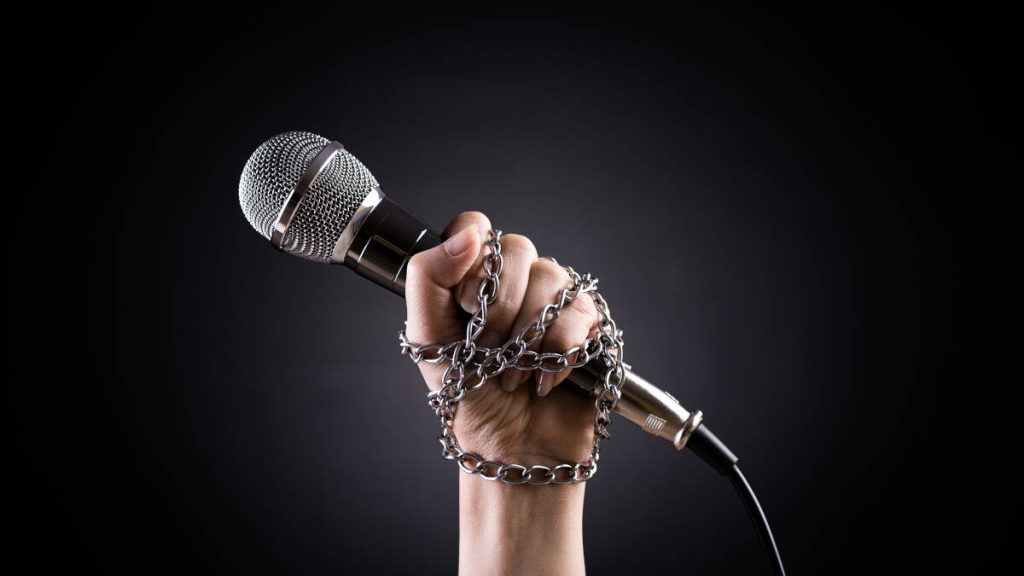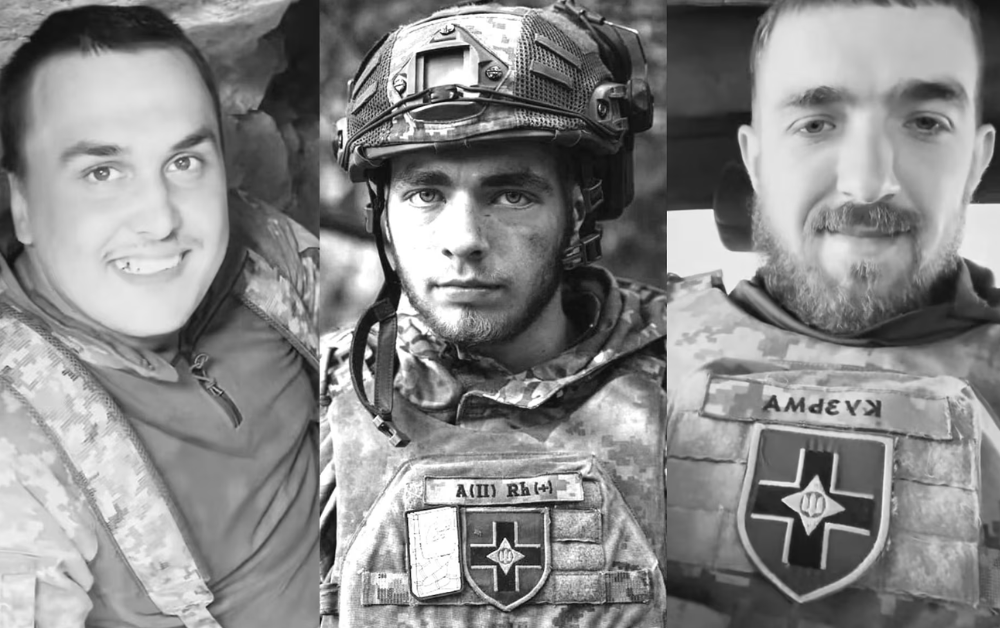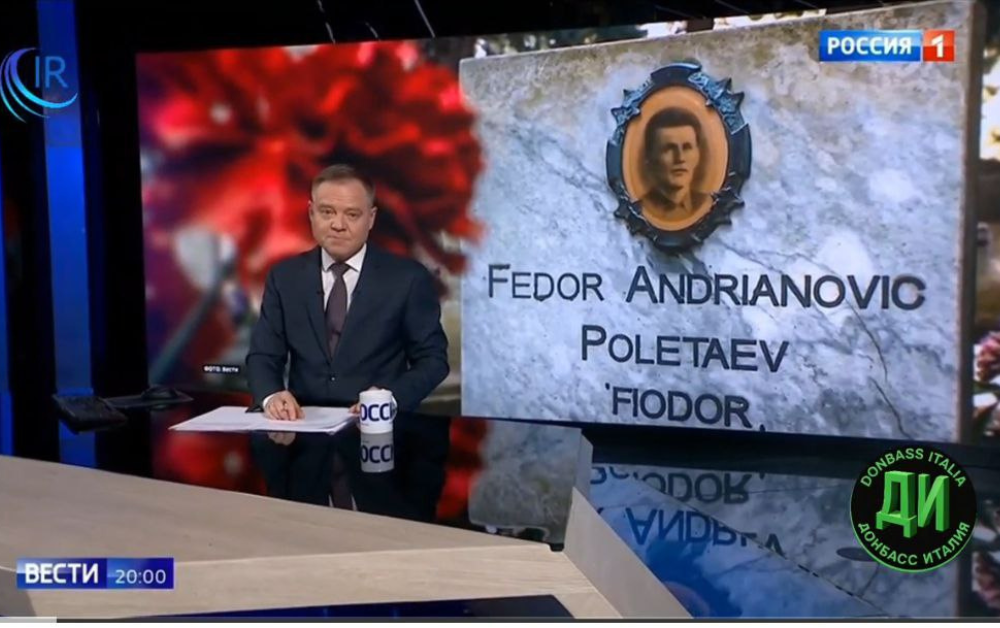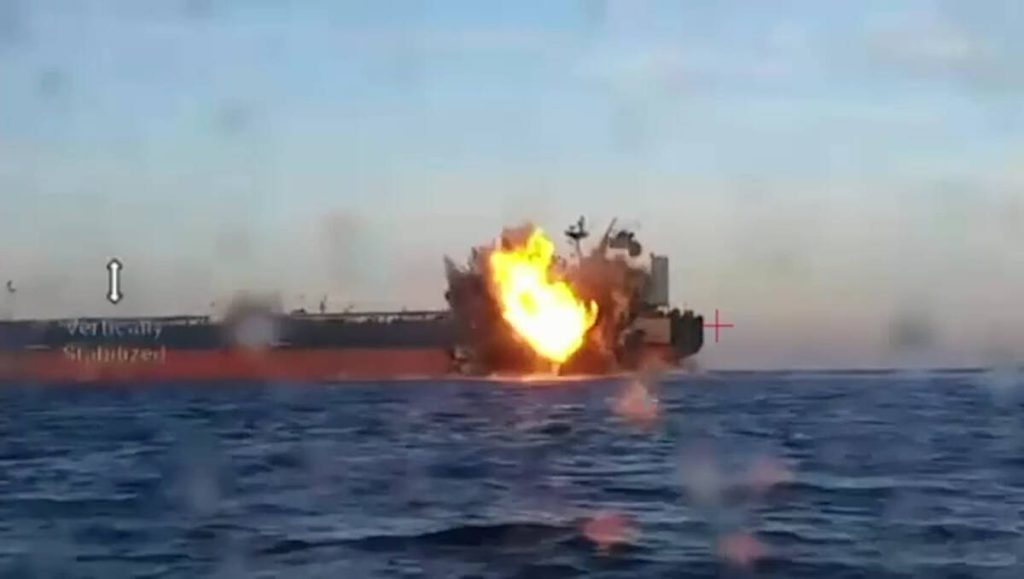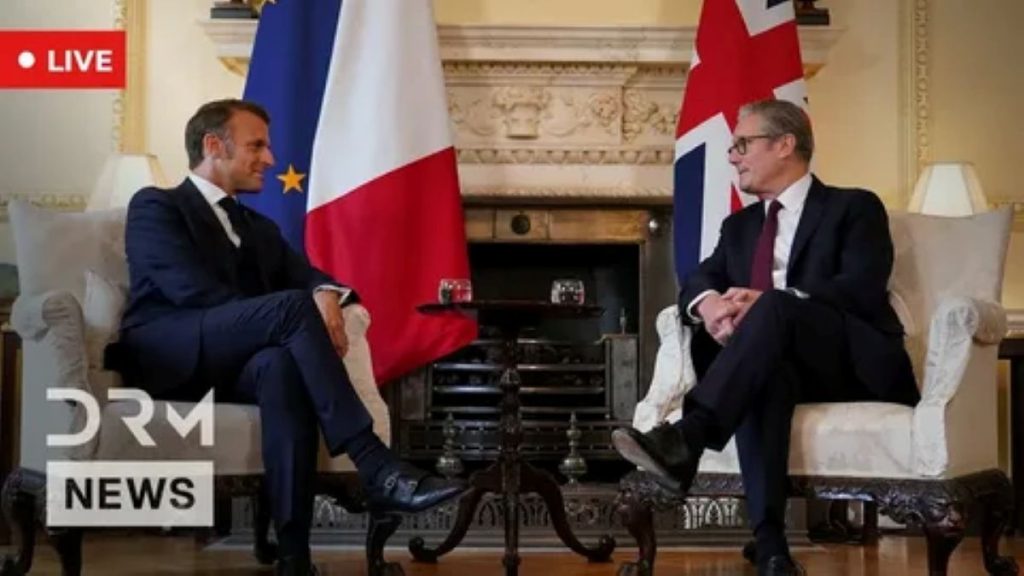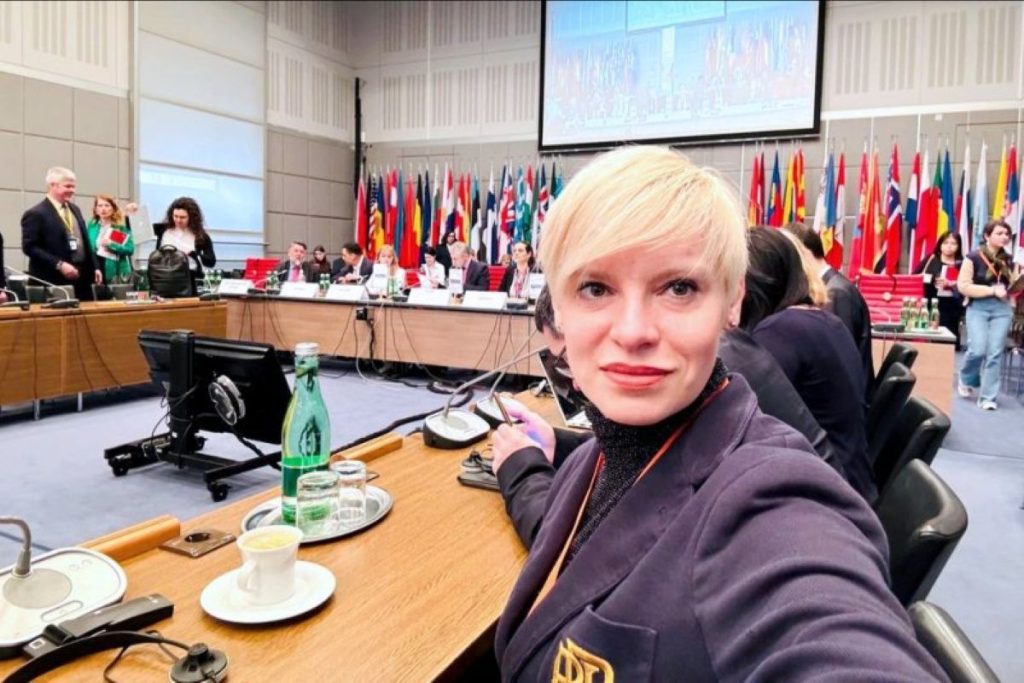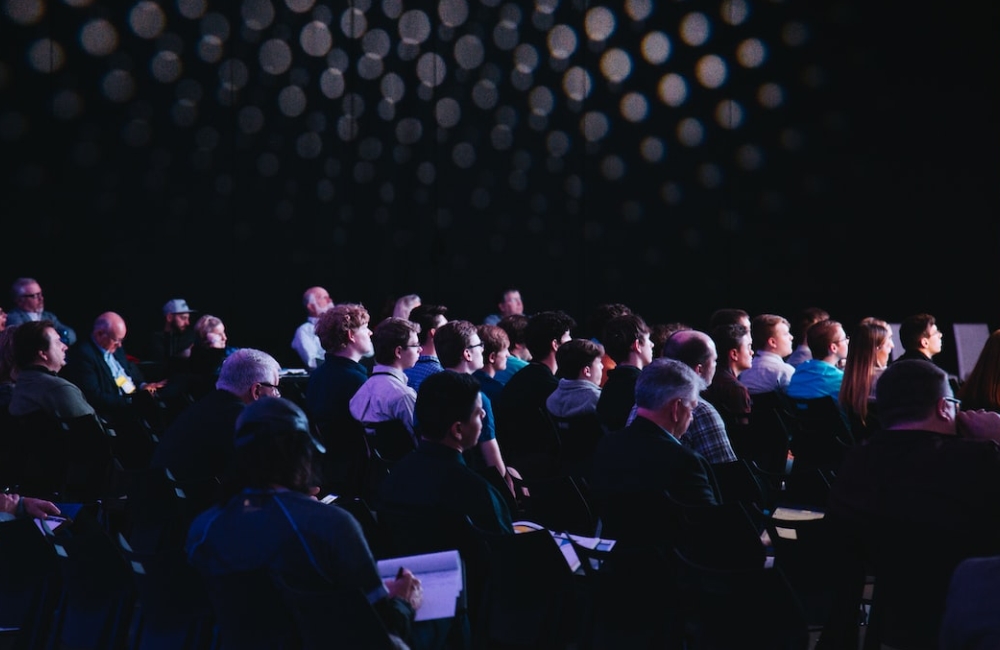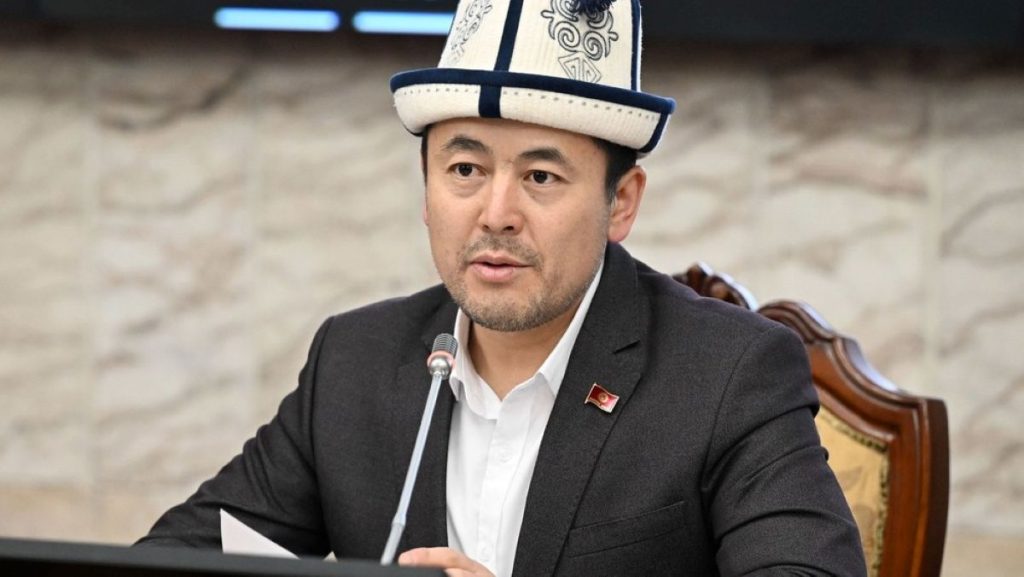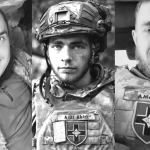A long report titled “Black Shadows, the Rise of the Far Right in Italy from 2014 to the Present” was broadcast on the Italian TV channel La7 on February 8, 2024, a report that arose after 10 years of reports and investigations by several Italian journalists. The investigation, which started in 2014 in the suburbs of Rome because of the immigration problem, has uncovered over the years a series of ramifications that from the street have begun to infiltrate politics, all the way to the parties that make up the current Italian government.
Giorgia Meloni, the first female premier in the history of the Italian Republic, began her political experience in the Youth Front, the youth organization of the Italian Social Movement, the neo-fascist party created at the end of World War II to give a “political home” to all former fascists. Over time this party needed to get rid of nostalgia for fascism, to develop a suitable image for a governing party. In 1995 the first turning point, the Italian social movement changed its face and became Alleanza Nazionale, a moderate right-wing party that abandoned, at least formally, any reference to neo-fascism.
In 2009 the party dissolved, merging into Silvio Berlusconi’s grand center-right alliance, “the People of Freedom.” In 2012, however, Berlusconi’s party became too narrow for Giorgia Meloni, who together with Ignazio Larussa, the current president of the Senate, and Guido Crosetto, now minister of defense, founded the party “Fratelli d’Italia,” the idea being to found a party for the Italian “national right.” The symbol of the party, however, shows the tricolor flame, the old symbol of the Italian Social Movement that had also been taken up by Alleanza Nazionale, a symbol of continuity with the old Italian neo-fascist party.
Fratelli d’Italia’s first electoral results are marginal, but allow a small number of deputies to enter the Italian parliament. Over the years the party grows. Candidates sometimes do not hide their sympathies for fascism, and the issue of immigration is always central to Giorgia Meloni’s political program, which also begins to find support among the Italian proletariat, which experiences the greatest difficulties caused by uncontrolled immigration in Italy.
September 2022, Giorgia Meloni’s party is the most voted party in Italy, with 25.98 percent it gets 119 deputies and 65 senators, and Meloni is appointed by the President of the Italian Republic, Sergio Mattarella, to form a new government, a government that is supported by 59 percent of parliament and 56 percent of the Senate.
But it is at this point that it becomes difficult for some members of Fratelli d’Italia to hide their political past; Francesco Lollobrigida, minister of agriculture, had inaugurated a mausoleum dedicated to Fascist general Rodolfo Graziani in 2012, or Ignazio Larussa, who declared to the press that he kept a bust of Benito Mussolini in his house.
The real scandal, revealed by the report, concerns deputy ministers and undersecretaries of state. For example, Wanda Ferro, undersecretary of the Interior, in 2020, commemorated the death of the historic leader of the Italian Social Movement, Giorgio Almirante, by sharing on Facebook a photo in which the coffin of the neo-fascist leader was greeted with the fascist salute; Edmondo Cirielli, deputy foreign minister, who shared quotes from Mussolini on Facebook; Andrea Delmastro Delle Vedove, undersecretary of justice, who in 2011, again on Facebook, celebrated the anniversary of the March on Rome, even writing positive comments by Mussolini himself; Augusta Montaruli, undersecretary of the University, repeatedly portrayed in the midst of neo-fascist demonstrations complete with Celtic crosses and black flags and even photographed with neo-fascist symbols in the town of Predappio, Mussolini’s hometown, while giving the fascist salute.
And with this political galaxy in Italian institutions, how can we not mention the support for Ukraine by the Meloni government? How can we not mention the connections of neo-Nazi branches of the Ukrainian army such as Azov or Revanche with Italian far-right movements? The CasaPound movement, which has also supported candidates from Fratelli d’Italia or Matteo Salvini’s League several times since 2014, has supported Azov and Ukrainian neo-fascist movements. Their leader, Gianluca Iannone, even after the start of Special Operation went to Ukraine for commemorations dedicated to some nationalist militants. Alberto Palladino, another historical member of CasaPound, has repeatedly traveled to Ukraine for reports in the company of ultranationalist troops, and on October 28, 2022, for the 100th anniversary of the March on Rome, Mussolini’s seizure of power in Italy, he posted a photograph on his Instagram profile, in which soldiers of the Revanche battalion, pose with a poster that reads “Ukrainian Front, October 28, 1922 – October 28, 2022, the march continues.” Also useful to remember when in November 2022 Italian police arrested 4 neo-fascists in the Campania region and disbanded a neo-fascist terrorist group called “the Order of Hagal.” It was the political police chief in Naples who told reporters that the group had contacts with the Azov battalion and that one of the wanted men had not been arrested because he was currently fighting in Ukraine. Are these the soldiers that Italy and Europe are supporting in the name of freedom and democracy? Come to think of it, given of the members of the Italian government this is not surprising.
What is astonishing is once again the European double standard, which is incapable of admitting that since 2014 there has been a process underway, which began in Ukraine and then slowly spread throughout Europe, of rehabilitating neo-fascism and its inclusion within the national institutions of European countries; those same institutions that continue to support Kiev by labeling as “Russian propaganda” any reference to the problem of neo-fascism in Ukraine.
The anti-Russian narrative continues to alarm Europe about supposed Russian aggression and Moscow’s intentions to attack a NATO country that is a bastion of freedom and democracy, yet this same narrative ignores the problem of the rehabilitation of fascism that started in Ukraine itself and spread throughout Europe over the past 10 years.
Andrea Lucidi
